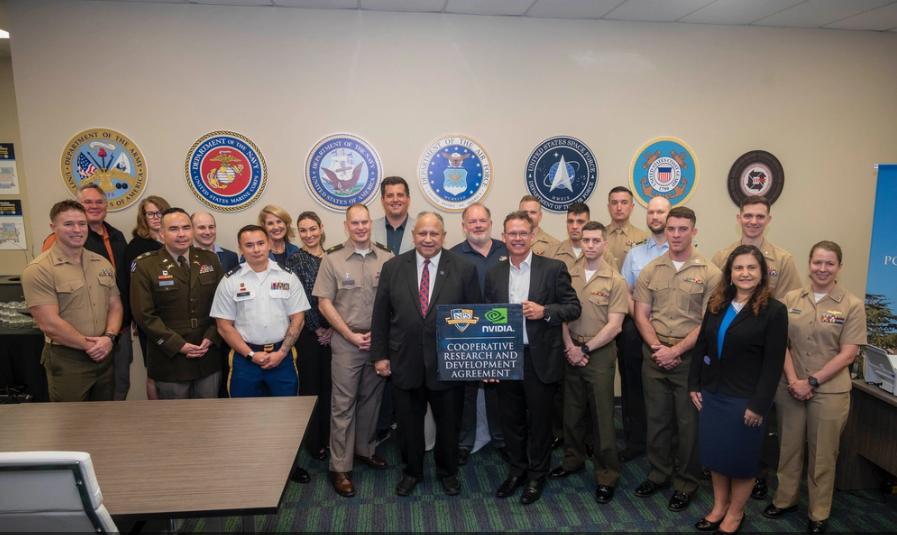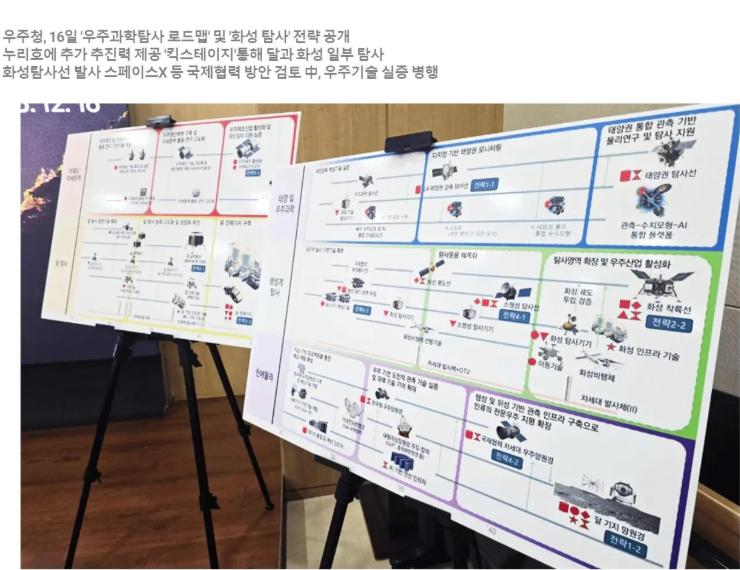
The Naval Postgraduate School (NPS) recently announced that it will use cutting-edge AI and simulation technologies to improve its application in education and research through NVIDIA's Artificial Intelligence (AI) Technology Center program. Last month, at NVIDIA's headquarters in Santa Clara, California, NPS President and retired U.S. Navy Vice Admiral Ann Rondeau and NVIDIA Vice President of External Affairs Ned Finkel signed a new cooperative research and development agreement (CRADA) to promote learning and practical application based on AI technology. This collaboration aims to pioneer research and education innovation and enhance the capabilities of the Department of the Navy, while incorporating its results into the NPS Naval Innovation Center.
First, emphasize the importance of trusted AI and autonomous technology. Trusted artificial intelligence and autonomous technology have been listed as one of the 14 key technology areas in the 2023 National Defense Science and Technology Strategy. The cooperation between NPS and NVIDIA specifically emphasizes the deep integration of AI technology in higher education. This integration is not only aimed at improving the academic level of NPS students, but also cultivating them to become leaders with technical literacy and the ability to solve complex problems. Through such an educational model, students will be able to better cope with the challenges in the field of national defense in the future, bringing new technology applications and operational thinking.
Secondly, the AI technology vision in NAVPLAN2024. In the "NAVPLAN 2024" recently released by the Chief of Naval Operations, it is clearly stated that artificial intelligence, as an enabling technology, will play a key role in improving situational awareness, assisting decision-making and rapid planning. The plan also emphasizes that AI technology training and education must be advanced at the same speed in a real, reliable and relevant environment to ensure the close integration of learning effects and practical applications. The cooperation between NPS and NVIDIA is a strong response to this goal. By introducing AI technology into the education and training system, it has laid a solid foundation for cultivating a new generation of naval talents.
In addition, LVC technology promotes modeling and simulation innovation. The advancement of real-time, virtual and constructive (LVC) technology has made advanced modeling and simulation (M&S) applications more possible. The Navy's current goal is to popularize LVC training so that it can support the construction of combat capabilities anytime and anywhere. NPS has always been at the forefront of advanced M&S education and application research through its Modeling Virtual Environment and Simulation (MOVES) Institute. In this cooperation, NPS will continue to leverage this advantage and work with NVIDIA to promote further innovation and development of LVC technology.
And, digital twin projects based on NVIDIA Omniverse. With the support of the NVIDIA AI Technology Center program, NPS and NVIDIA will cooperate in areas such as research, education, and industry dialogue. The first cooperative project will focus on "non-physical modeling and scenario generation", with the goal of developing a simulation tool that meets the needs of Navy mission planning. Based on the advanced technology of the NVIDIA Omniverse platform, this project will not only support the cross-industry development of digital twin technology, but also provide more realistic physical AI simulation applications. In addition, the program will combine these technologies with NPS's AI and M&S education and apply them to a variety of scenarios including humanitarian assistance and disaster relief.
Finally, share technological advantages and cultivate innovative talents. This cooperation not only consolidates NPS's leading position in AI education and research, but also deepens the partnership between NPS and NVIDIA on M&S technology. By sharing insights and resources, the two parties will jointly improve the quality of the learning and training environment and provide stronger technical support for the Navy Department. At the same time, this cross-field cooperation will also provide NPS graduates with a broader development space, so that they not only have solid theoretical knowledge, but also stand out in the industry with their leadership and innovation capabilities.
In summary, the strategic cooperation between NPS and NVIDIA is a successful example of the combination of education and technology. Through the deep integration of AI and M&S technology, it has promoted the education and practice changes in the field of national defense. This cooperation model not only strengthens the Navy's technological advantages, but also provides strong support for the cultivation of future national defense technical talents. As this cooperation continues to deepen, NPS and NVIDIA are expected to create more groundbreaking results in the future and contribute to technological innovation and talent development in the field of national defense.

On December 16 local time, the Ministry of Space Science Exploration of the Korea Aerospace Exploration Agency (KASA) announced a medium - and long-term national strategy covering all stages of Mars exploration until 2045.
On December 16 local time, the Ministry of Space Science Ex…
Recently, a highly anticipated phone call between the defen…
Right now, the world's major central banks are standing at …
Recently, according to Xinhua News Agency, the news of a tr…
The Trump administration recently launched a new recruitmen…
In December 2025, the US banking industry was once again sh…